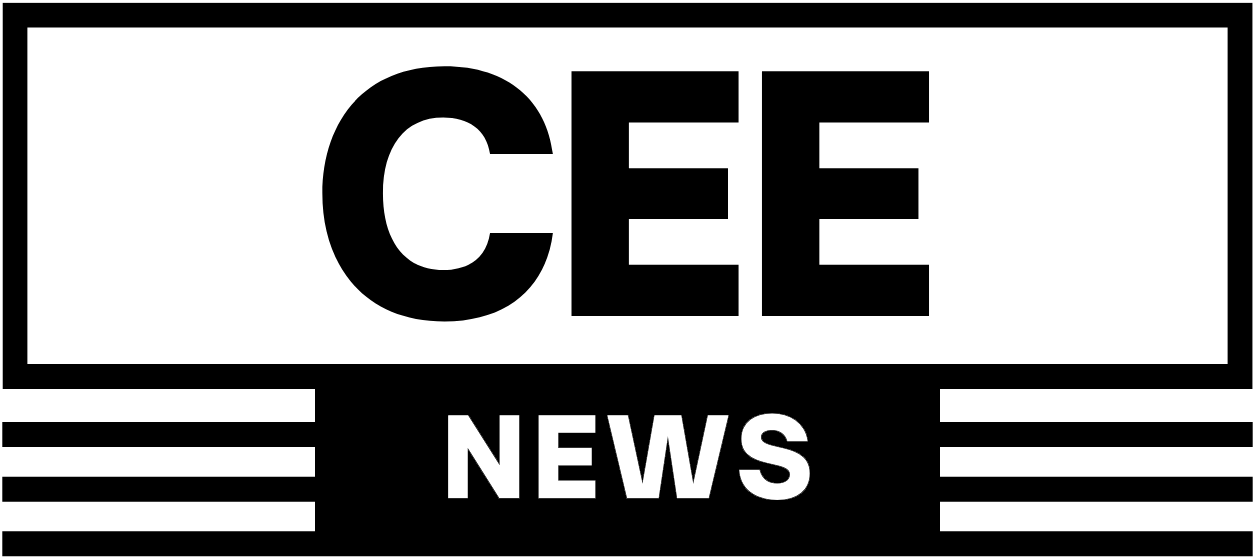In early April 2025, the announcement of sweeping tariffs by U.S. President Donald Trump sent shockwaves through global financial markets. The U.S. imposed a baseline tariff of 10% on all imports starting April 5, with additional levies ranging from 11% to 50% targeting specific countries set to follow on April 9. These measures led to sharp declines across major stock indices around the world.
In Europe, the Warsaw Stock Exchange (WSE), the largest financial market in Central Europe, experienced significant turbulence. On Monday, April 7, the WSE’s blue-chip WIG20 index plunged as much as 7% during the trading day. Due to the heightened volatility, the exchange temporarily suspended all trading from 3:15 p.m. to 4:15 p.m. local time, citing trading security concerns. Although operations resumed and the index briefly rallied, the session ultimately ended with a 2% loss.
The downturn was mirrored in markets across the globe. In the United States, key indices such as the Dow Jones Industrial Average, the S&P 500, and the Nasdaq Composite saw sharp losses, with the S&P 500 entering bear market territory after dropping over 20% from its recent peak. In Asia, Japan’s Nikkei 225 dropped nearly 8%, prompting the activation of trading curbs.
Financial experts and economic leaders voiced alarm over the possible long-term consequences of the U.S. tariff strategy. JPMorgan Chase CEO Jamie Dimon warned that the protectionist approach could damage crucial U.S. alliances, while Goldman Sachs raised the likelihood of a U.S. recession to 45%. Hedge fund manager Bill Ackman added to the chorus of concern, stating that the economy was heading toward a „self-induced economic nuclear winter.”
Despite mounting criticism and the visible impact on global markets, President Trump defended the tariffs, asserting they were necessary to correct trade imbalances and boost domestic production. He acknowledged the market’s negative reaction but described it as a necessary „medicine” for long-term economic health.
As markets and political leaders continue to assess the fallout, the global economic landscape remains on edge, bracing for the potential escalation of a full-blown trade war.






